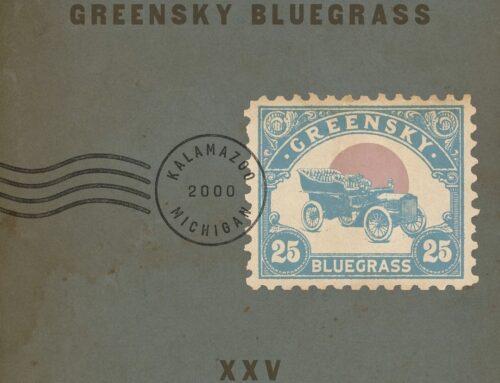An Open Source Solution to Building a Faster Mobile Web
Two of the larger technology-based companies, Google and Facebook, have been developing code to assist Web publishers with faster loading experiences for their readers on mobile devices.
Google has noted that their Accelerated Mobile Pages, AMP project is a way to build Web pages with static content that renders at faster speeds. AMP in action consists of three different parts:
To break that down, Google is providing Web publishers code to add to their articles to enhance the speed when someone is viewing an article within the Google search engine. Depending on the structure of a website, the implementation of the code can be added manually, or by using a set of plugins for WordPress-based sites.
When adding plugins to a website, it is always important to make sure that the plugins stay up to date, and have a good standing within the review section.
After researching how to add the code manually, I was able to find some developers that had created a set of plugins to add to WordPress-based websites. Download, and add these following plugins to produce compatible AMP & Instant Articles on the Web.
WordPress Plugins for AMP & Instant Articles
- Accelerated Mobile Pages (AMP) at: https://wordpress.org/plugins/amp/
This plugin adds support for the Accelerated Mobile Pages (AMP) Project, which is an an open source initiative that aims to provide mobile optimized content that can load instantly everywhere.
- Glue for Yoast SEO & AMP at: https://wordpress.org/plugins/glue-for-yoast-seo-amp/installation/
This plugin makes sure the default WordPress AMP plugin uses the proper Yoast SEO metadata.
- Facebook Instant Articles & Google AMP Pages by PageFrog at: https://wordpress.org/plugins/pagefrog/
The PageFrog plugin allows you to easily publish and manage your content directly from WordPress to Facebook Instant Articles (FBIA) and Google Accelerated Mobile Pages (AMP) with full support for ads and analytics.
Facebook has something similar to AMP known as Instant Articles. Julie Hansen, Business Insider President is quoted by The Wall Street Journal on how Instant Articles is connecting with their business model.
“We’ve been pleasantly surprised to see the monetization is strong so. It’s every bit as good as on our own site”, said Business Insider President Julie Hansen.
Instant Articles on Facebook has been open to a select group of publishers, but the company is planning on expanding to provide all publishers access to Instant Articles.
After sending in a request to have content added to Instant Articles, Facebook sent back an email indicating that all publishers will have the opportunity to have the content displayed with the latest code on April 12.
“We plan to open up the Instant Articles program to all publishers on April 12 at this year’s F8 conference.” The Instant Articles Team
The mobile Web continues to expand at exponential rates. With the context provided in the videos below, and with data from the AMP Project, the trends show that users will forgo viewing a website due to a slow loading time. Our website is one of the larger WordPress sites on the Web. We continue to find new methods to directly connect with online audiences across all digital platforms.
The AMP Project, as well as the team at Facebook, is providing code to help publishers connect with individuals on the Web in real-time.
Accelerated Mobile Pages Project
https://youtu.be/WrpkFROqR0Q
Do you have a #WordPress site? Good news: Now, WordPress sites support Accelerated Mobile Pages #AMP https://t.co/po5XndiMgL
— Google AdSense (@AdSense) February 25, 2016




